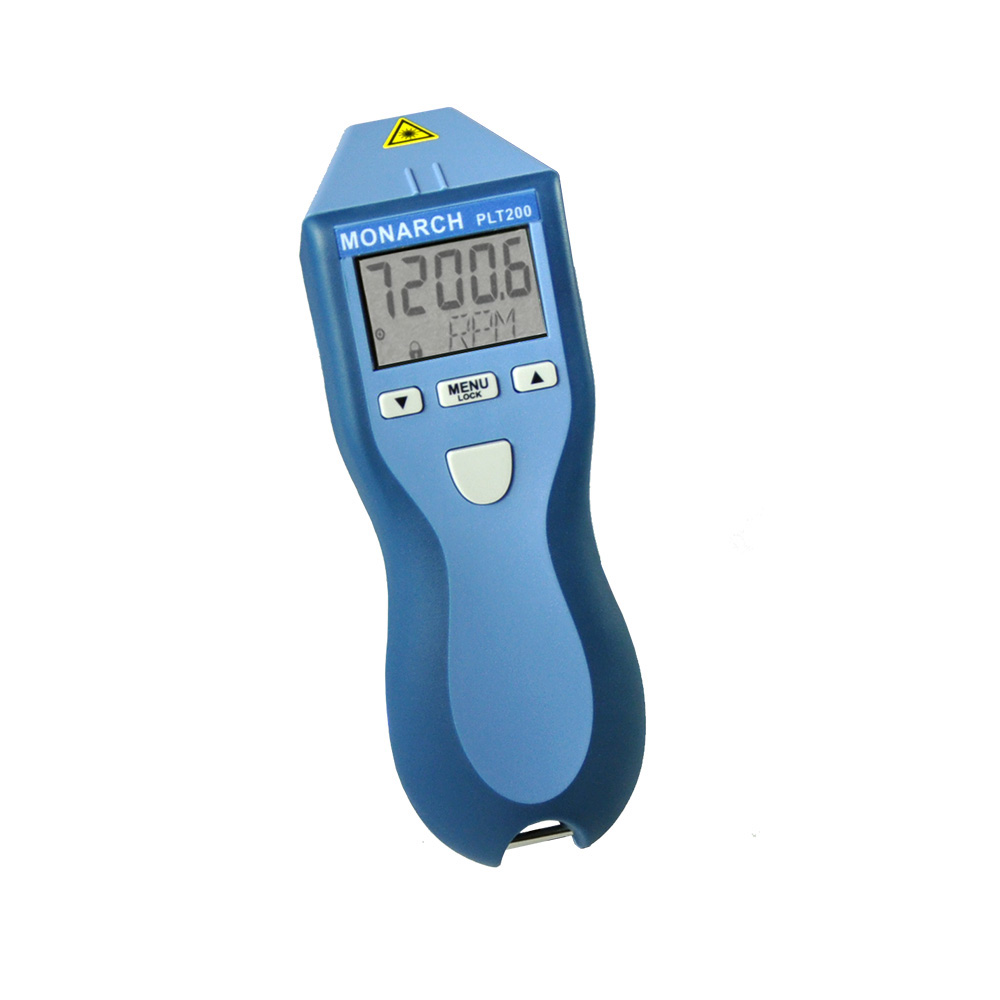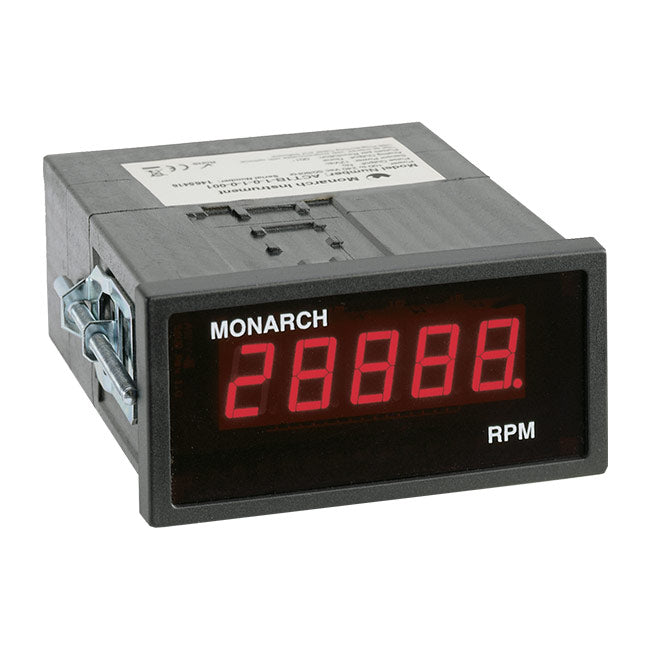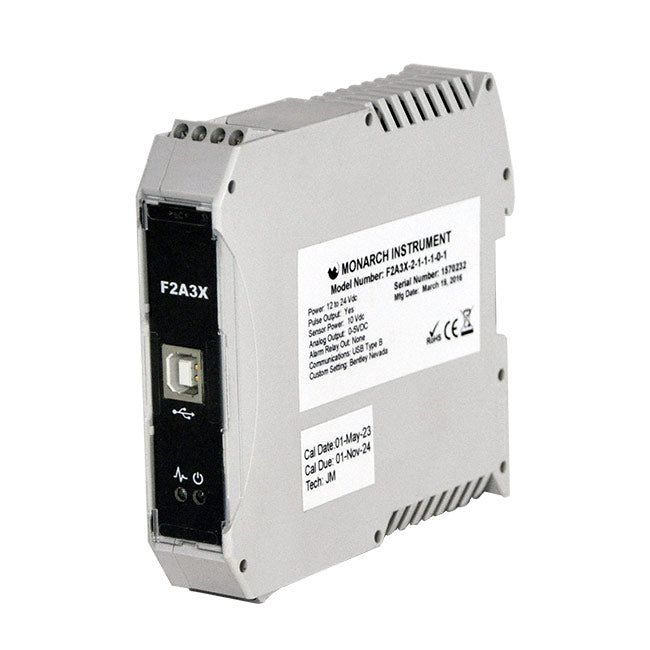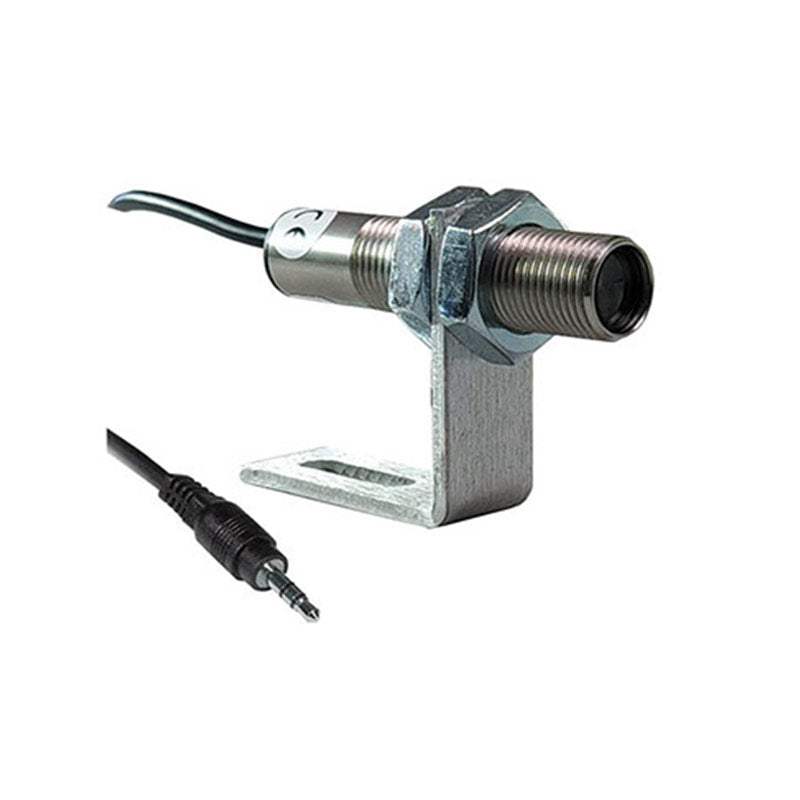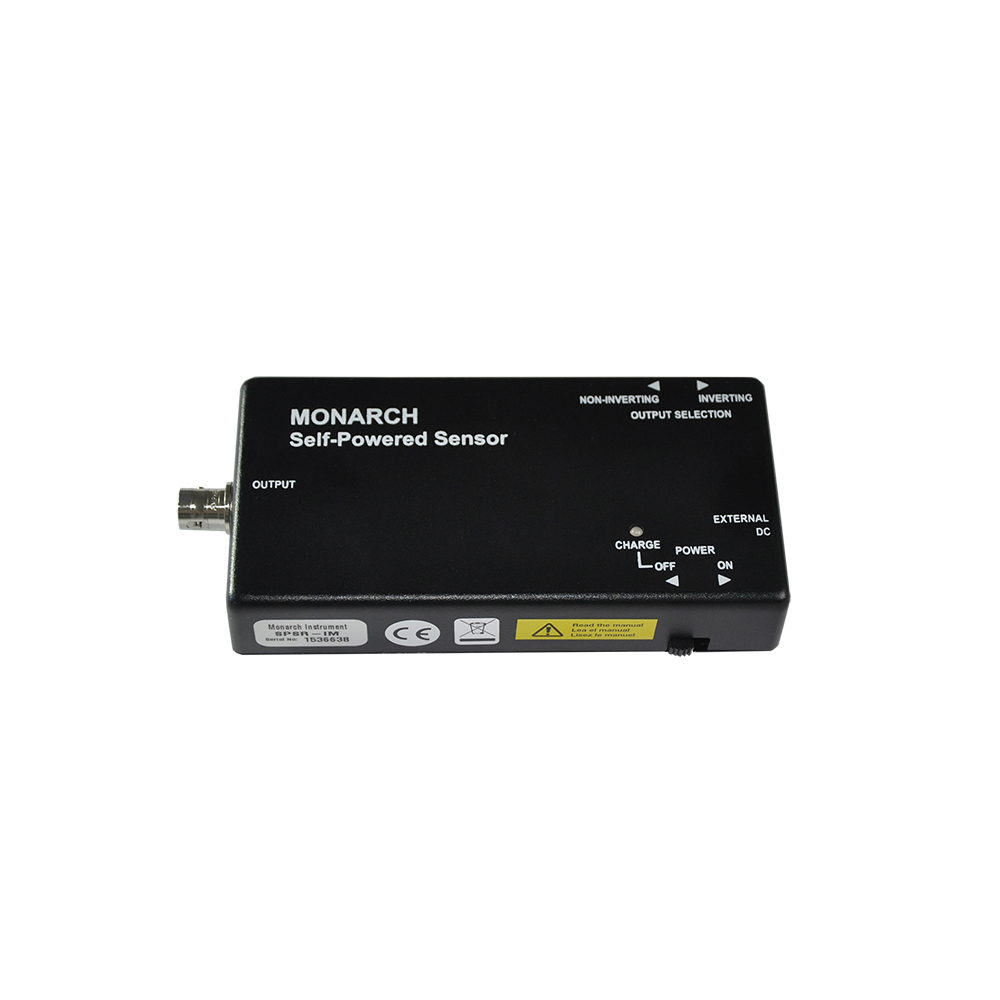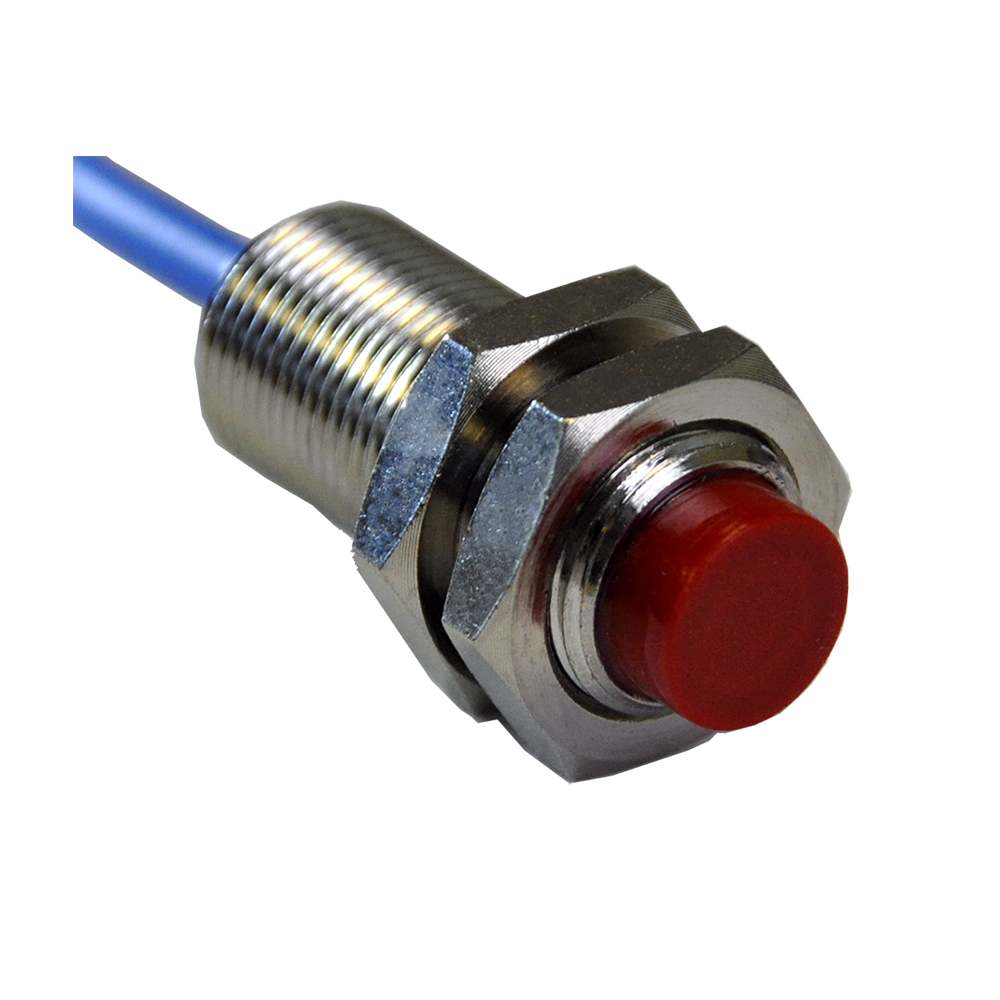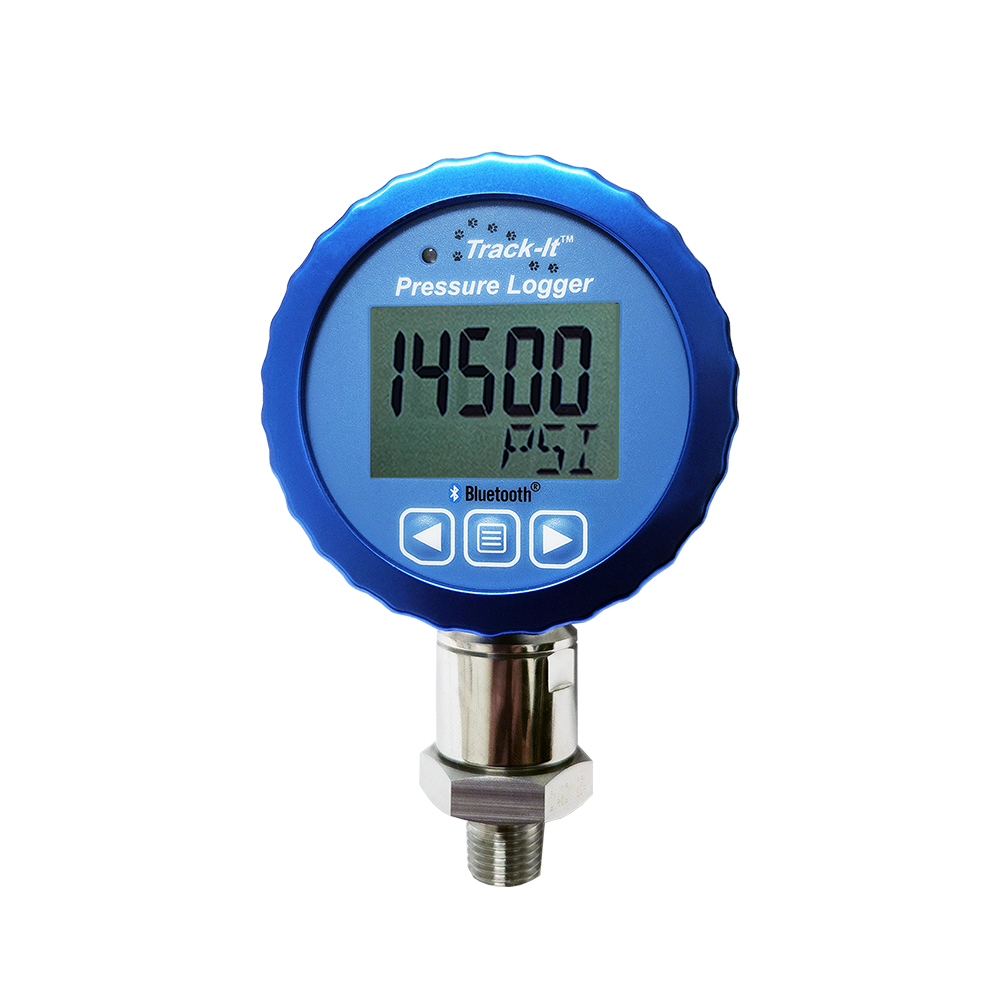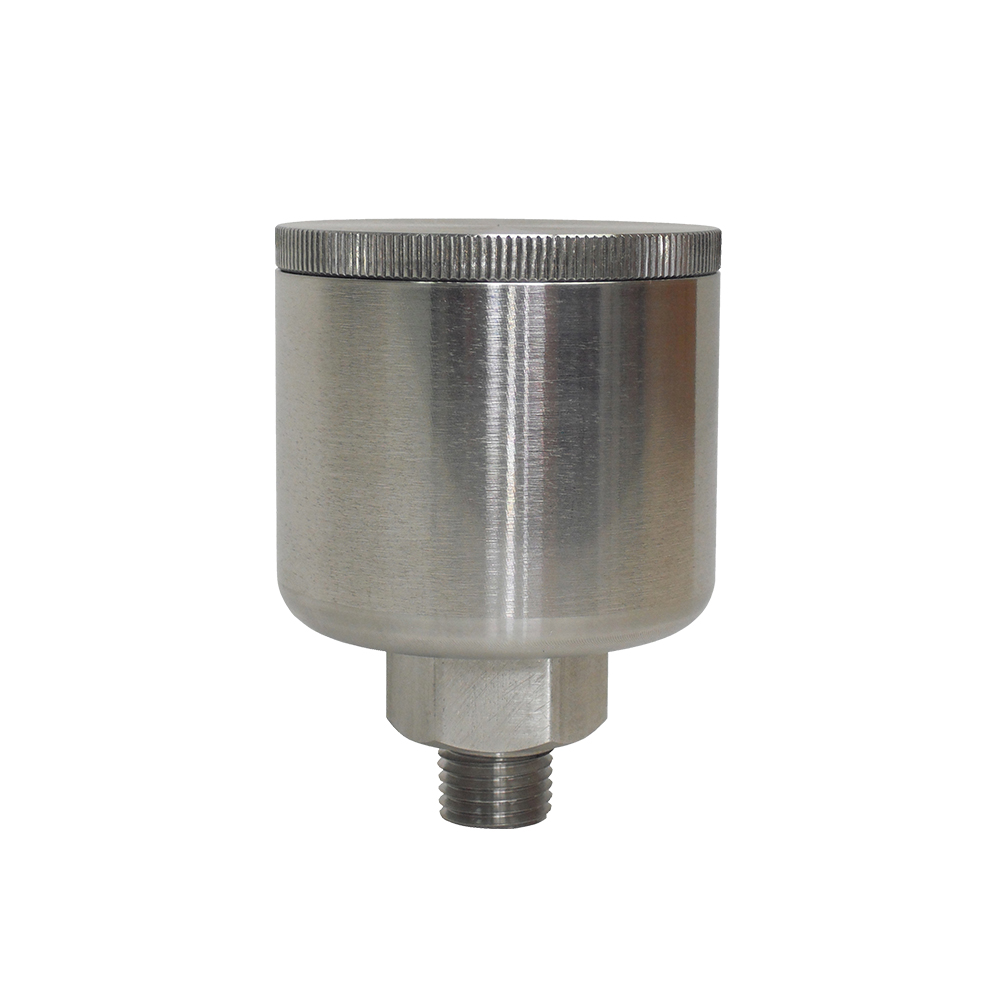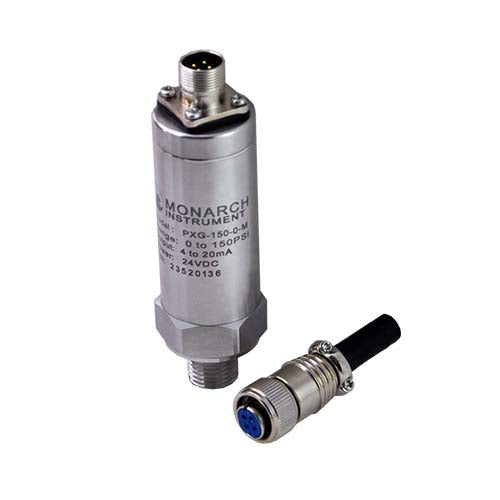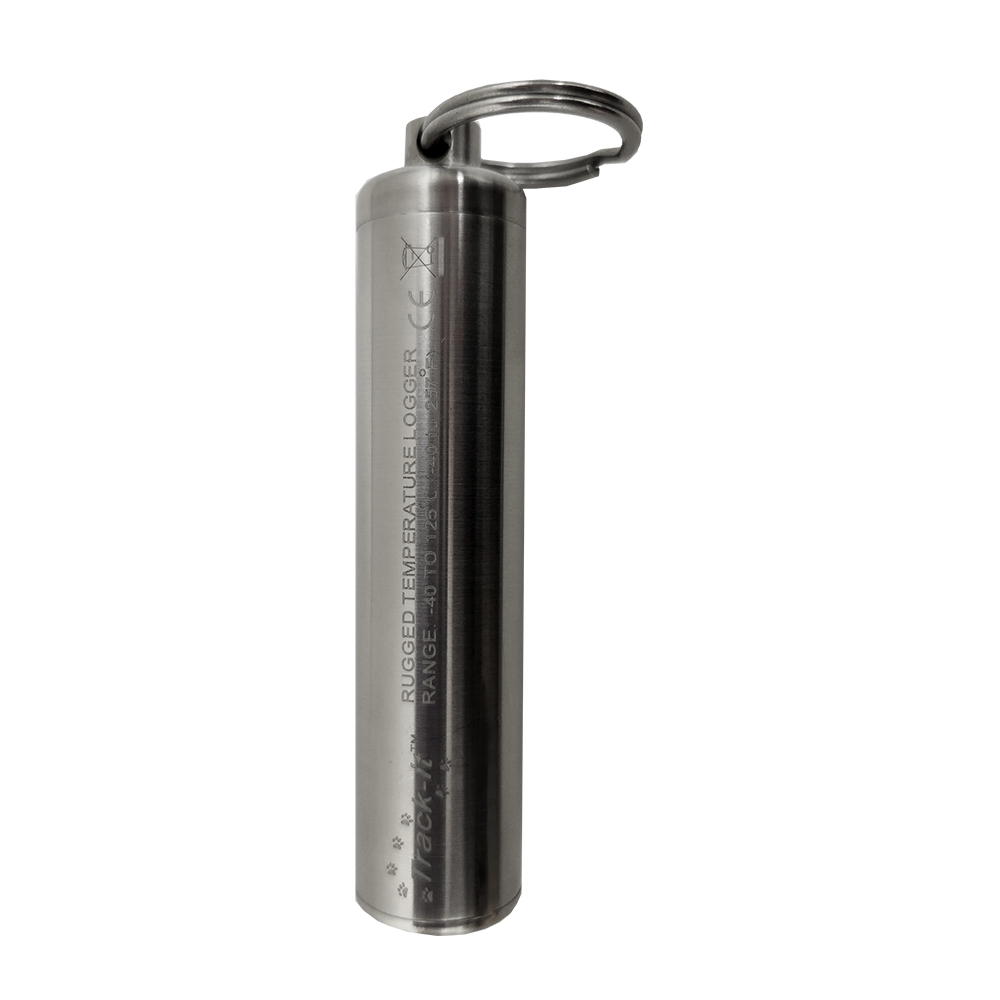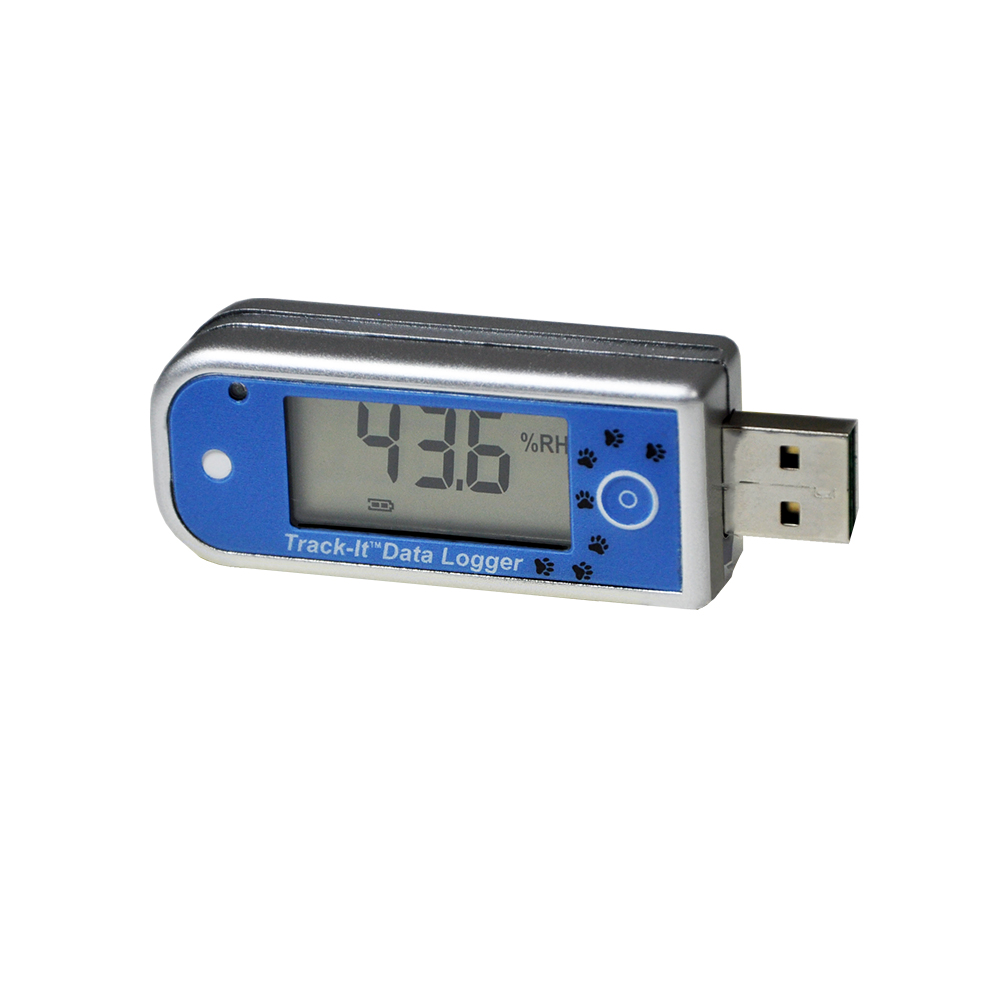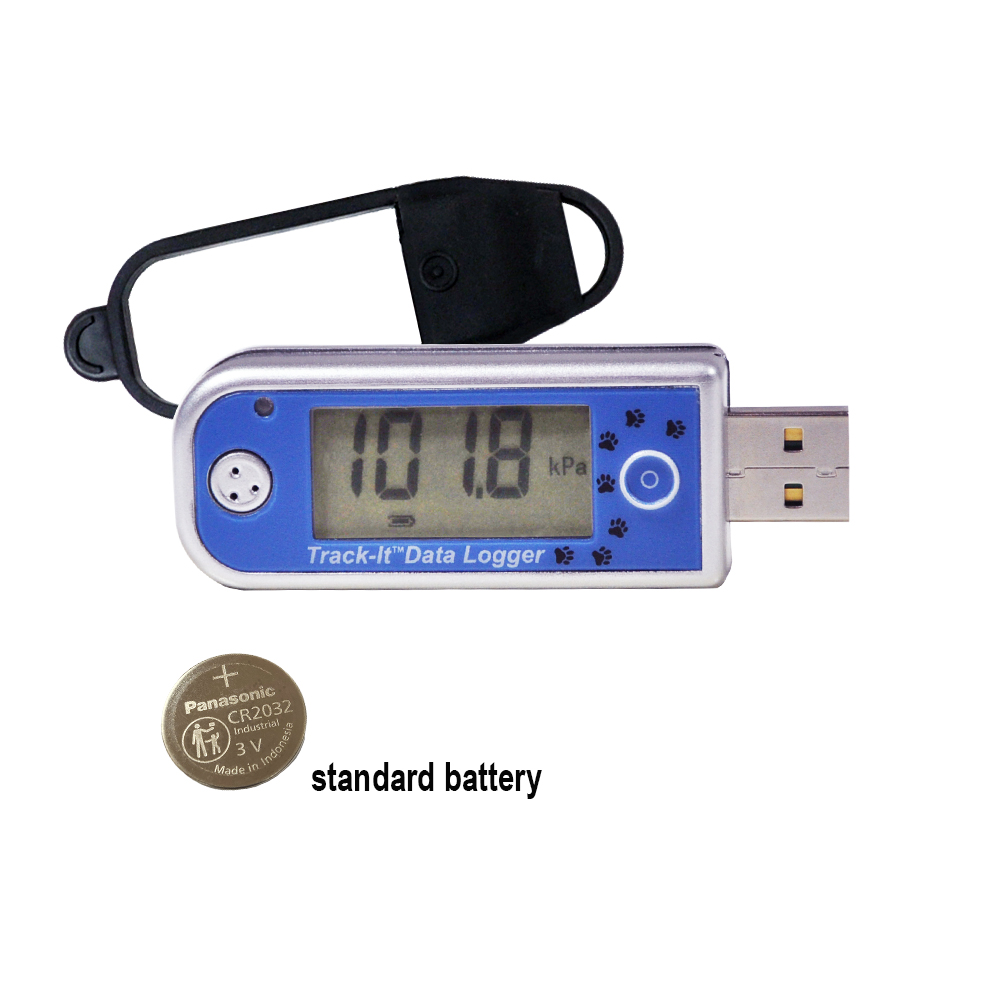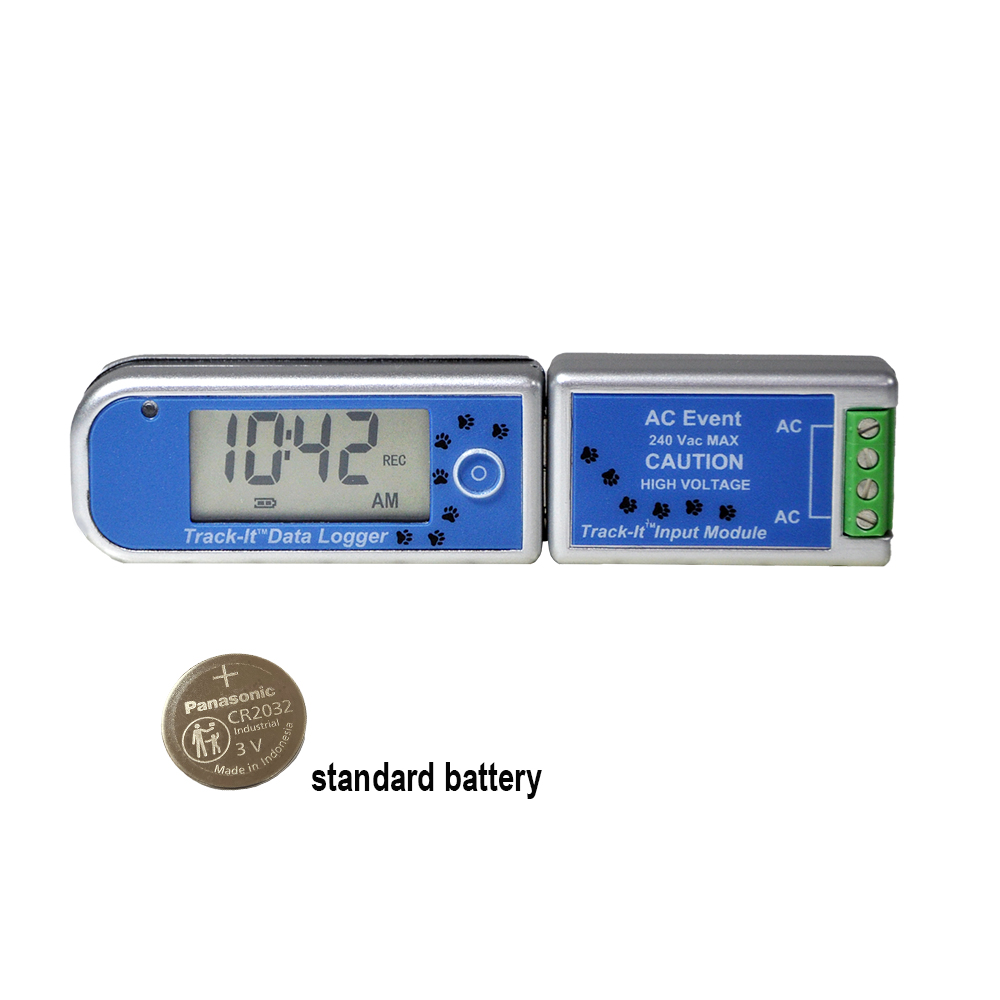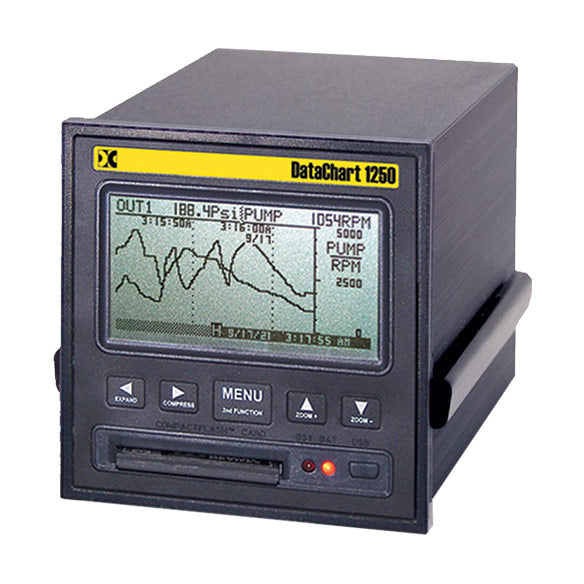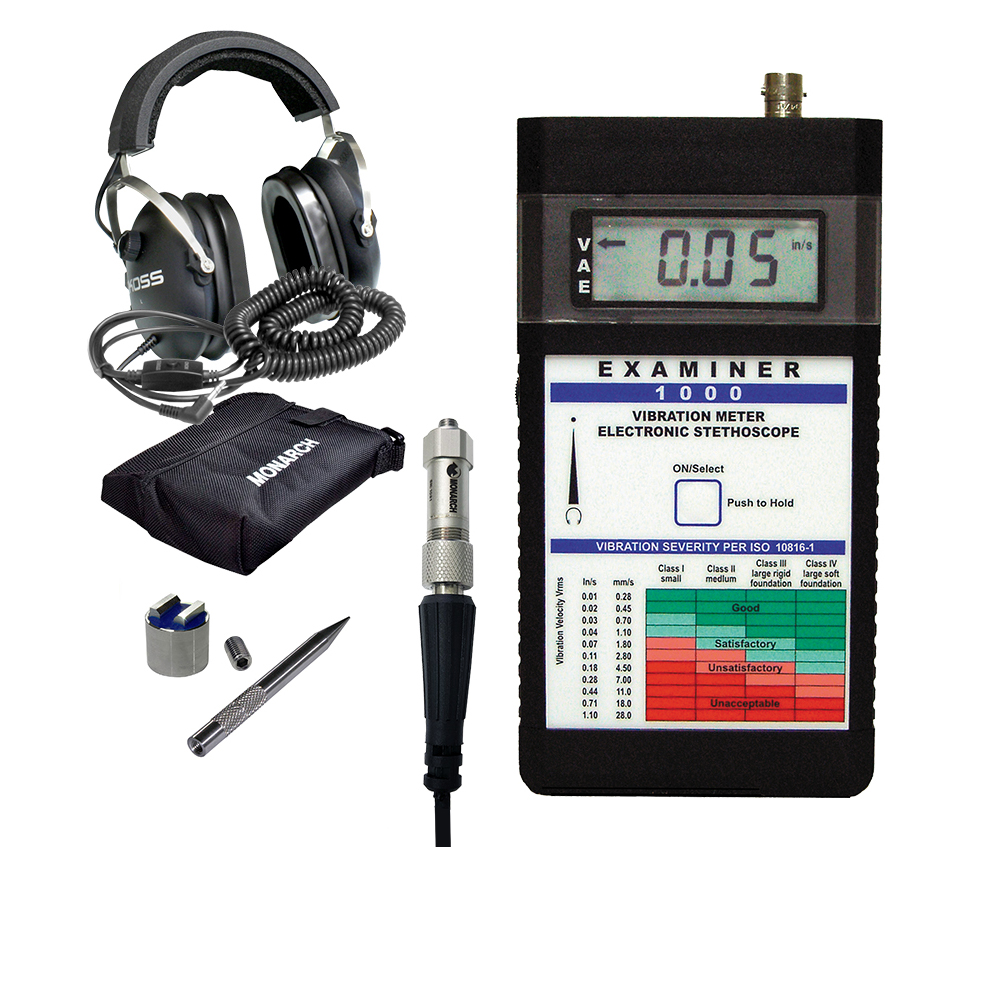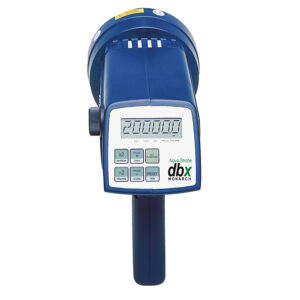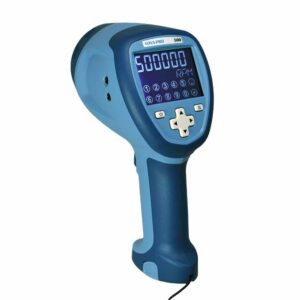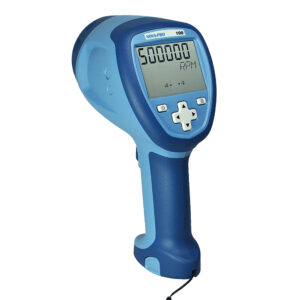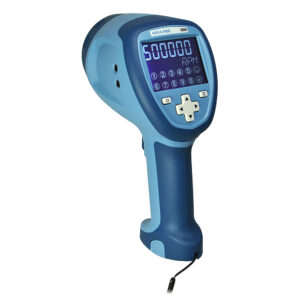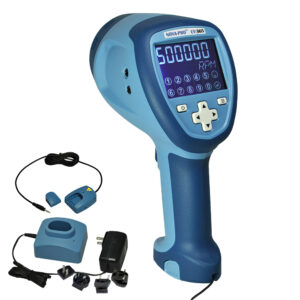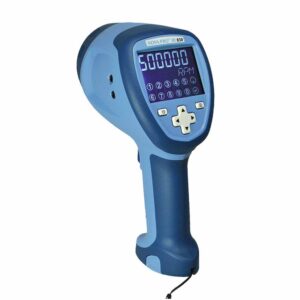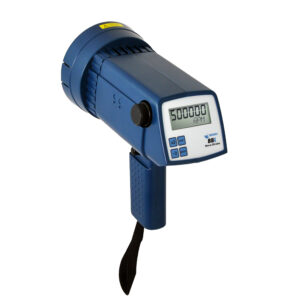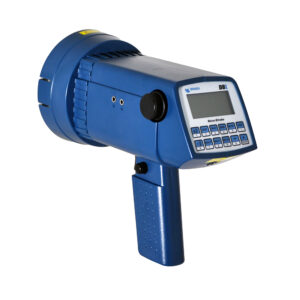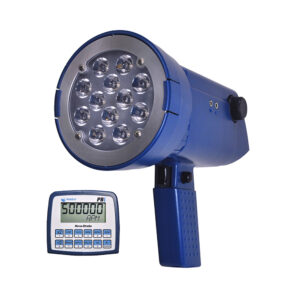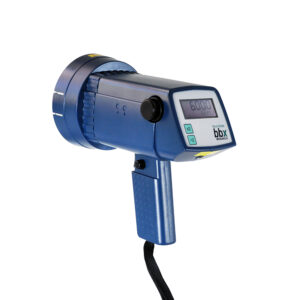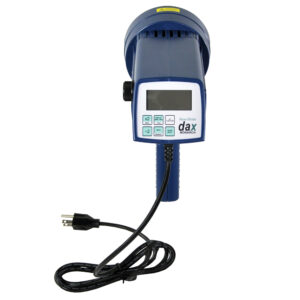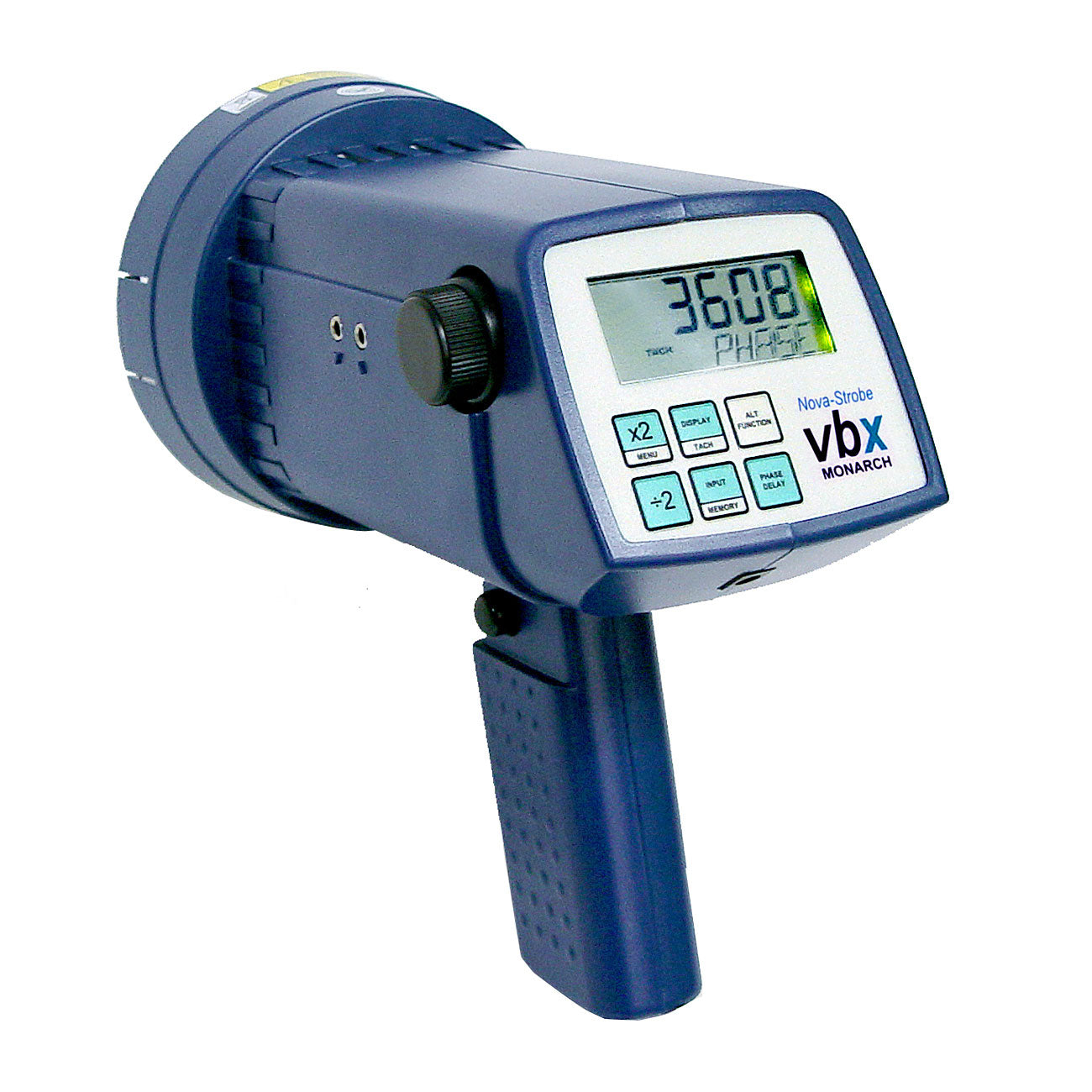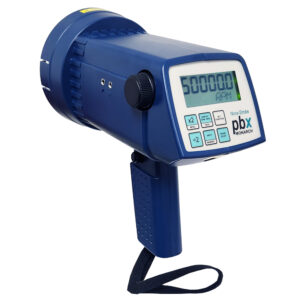Xenon vs. LED: Which is the better stroboscope?
In the 1990s, xenon bulb stroboscopes replaced the incandescent lamps of old and became the technology of choice. Producing extremely bright flashes of light, the xenon lamp flash source has a typical energy range of 10-150 joules with a discharge rate as short as a few milliseconds. However, with the introduction of the light emitting diode, otherwise known as LED, it’s poised to replace the xenon technology. LEDs are flexible, durable, and energy efficient but are they better than xenon?
This review is going to concentrate on the measurement of revolutions per minute (RPM) and stop motion application.
How does a stroboscope make an object appear motionless?
It all has to do with the persistence of the image to the human eye; or simply called the eye’s “memory.” If an object is illuminated by a brief, repetitive high-intensity light source that matches the revolutions/ RPM of a rotating object or the repetitive rate of linear objects such as the images on a moving printing press, the eye will “remember” that image and be fooled into thinking that the object is not moving at all.
NOTE: The human eye is not easily fooled below about 300 flashes per minute. However, by doubling or tripling the flash rate, the object will still appear to be motionless, even though you are seeing every second or third object as it passes. While actual flash duration times may vary from model to model, the numbers in the discussion below are typical for illustration purposes.
Xenon-based strobe’s flash duration runs from about 5 to 20 microseconds and is typically not user adjustable and it may vary in that range with the actual flashes per minute that the strobe is producing. LED-based strobes offer the ability to adjust the flash duration from less than one microsecond to 3000 microseconds; this can also be expressed in degrees of rotation as 0.5 to 14 degrees. The actual upper limit is automatically restricted by the circuits so as no LED damage will occur.
From about 20 microseconds on up, the LEDs always go to their peak light output before shutting off for the next flash. Below 20 microseconds, the peak output starts dropping off below 100%; at 5 microseconds the peak output is about 85%.
Because of the eye’s “memory”, longer flash durations make the LED strobes appear brighter to the human eye; so much so that they appear much brighter than a xenon strobe at the same flash rate. If an LED strobe is set to the same 5 to 20 microsecond flash range as a xenon strobe, the LED strobe, at the very least, appears to have the same brightness as a Xenon strobe. (LED output and efficiency are improving all the time so LED strobes are getting “brighter and brighter.”)
What impact does flash duration have in the real world?
First, for measuring RPM, the technique for measuring RPM calls for having a single unique reference mark; be it a bolt head, shaft key, paint mark, piece of reflective tape or even a scratch. Since the aim for RPM measurement is to see that mark appear stopped, it does not matter if that mark appears as a sharp image or as a fuzzy or blurry image, it appears “stopped”. With the longer flash duration possible in the LED strobes, RPM can be measured at longer distances and under higher ambient light conditions than a Xenon strobe.
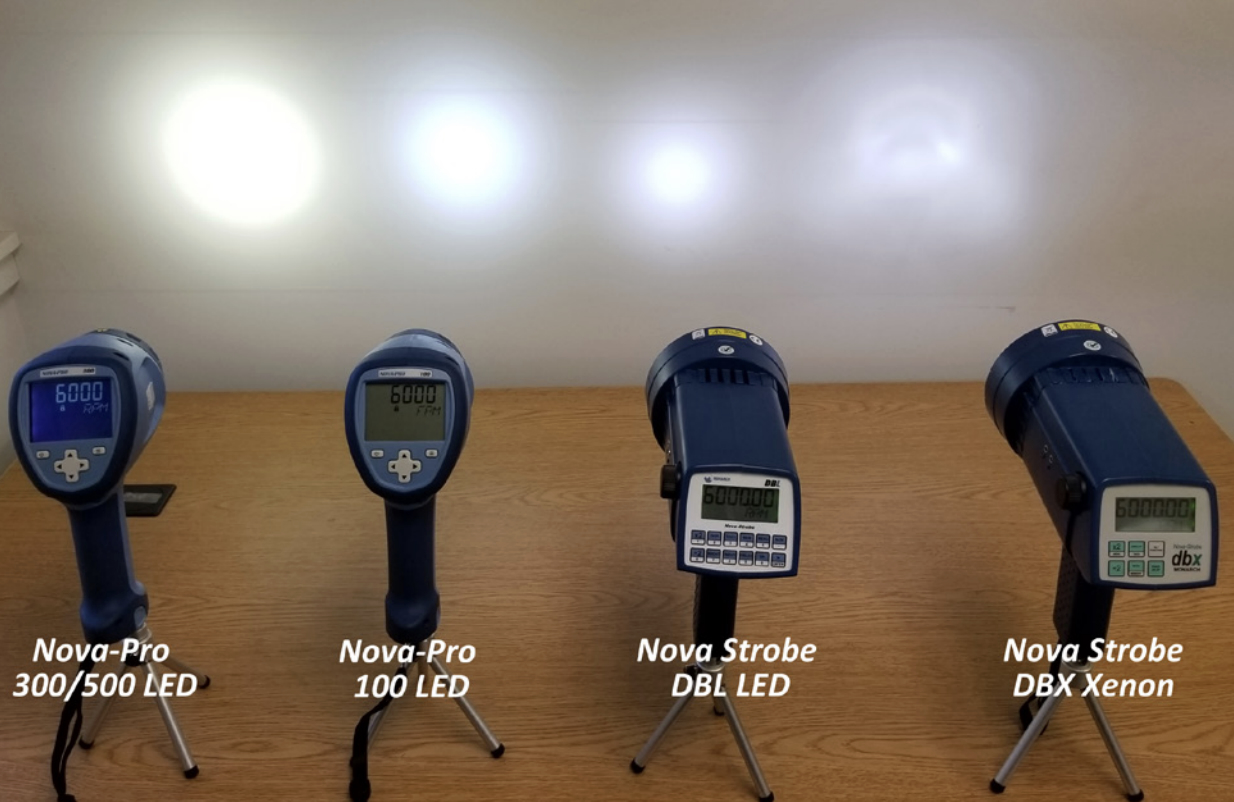
Second, for inspection applications where a sharp image is desired, the LED strobe can be adjusted down to the 5 to 20 microsecond range of the Xenon strobe so that the item is sharp and clear. In this case, the strobes may appear to be of the same light intensity; but the LED has a bit of an edge and is constantly improving over xenon lamp performance.
Product Comparison
| Specification* | Nova-Pro 300/500 Series | Nova-Strobe Xenon Series |
|---|---|---|
| Flash Range (FPM) | 30 to 999,999 | 30-50,000 |
| Accuracy/Resolution | 0.001% of setting or ± 1 lsd 6 digits to 0.001 | ±0.004% of setting ± 1 least significant digit / 0.01 FPM |
| Flash Energy/Duration | Adjustable to 14 degrees 2.000 msec max | 230 mJoule up to 3450 FPM 10-25 μsec (auto adjust) |
| Average Power | 5500 lux @ 6000 FPM, max light output: 30,000 lux | 13W above 3450 FPM |
| Light Source | 12 high output LED array | High-power xenon, 100 million flashes typical |
*Specifications are subject to change without notice
Summary
Nova-Strobe’s Longer flash duration (more degrees of rotation) = higher apparent brightness = fuzzy image Nova-Pro’s Shorter flash duration (less degrees of rotation) = lower apparent brightness = sharper image.
Other differences between Xenon and LED strobes
- LED strobes have no bulbs to replace while xenon strobe bulbs last about 100 million flashes
- LED strobes can have between 3 to 5 times the operating life between charges as the equivalent Xenon strobe, depending on model
- LED strobes have a more uniform light pattern than Xenon
Nova-Pro® LED Stroboscope/Tachometer Models
-
Nova-Pro® 100 LED Stroboscope/Tachometer
-
Nova-Pro® 300 LED Stroboscope/Tachometer with NIST Certificate
-
Nova-Pro® 500 LED Stroboscope/Tachometer with NIST Certificate
-
Nova-Pro® Ultraviolet LED Stroboscope/Tachometer with NIST Certificate
-
Nova-Pro® IR 850 Infrared Stroboscope/Tachometer with NIST Certificate
Nova-Strobe™ LED Stroboscope Models
Nova-Strobe™ Xenon Stroboscope Models
-
Nova-Strobe™ bbx Basic Battery-Powered Xenon Stroboscope
-
Nova-Strobe™ bax Basic AC-Powered Xenon Stroboscope
-
Nova-Strobe™ dbx Deluxe Battery-Powered Xenon Stroboscope with NIST Traceable Certificate
-
Nova-Strobe™ dax Deluxe AC-Powered Xenon Stroboscope with NIST Traceable Certificate
-
Nova-Strobe™ vbx Vibration Xenon Stroboscope Kit with NIST Traceable Certificate
-
Nova-Strobe™ pbx Phase Shifting Xenon Stroboscope with NIST Traceable Certificate
The Professional’s Choice
Monarch Instrument is the world’s largest supplier of rotational speed measuring instruments and stroboscopic inspection equipment. Our comprehensive lines of precision products and calibration services make Monarch the professional’s choice for tachometers, stroboscopes, speed sensors, data loggers, and data acquisition systems.
Monarch’s stroboscopes are precise, rugged, and reliable. That’s why Monarch is the professional’s choice. All Monarch products are designed, manufactured, tested, calibrated and serviced in our ISO9001:2015 certified facility.





